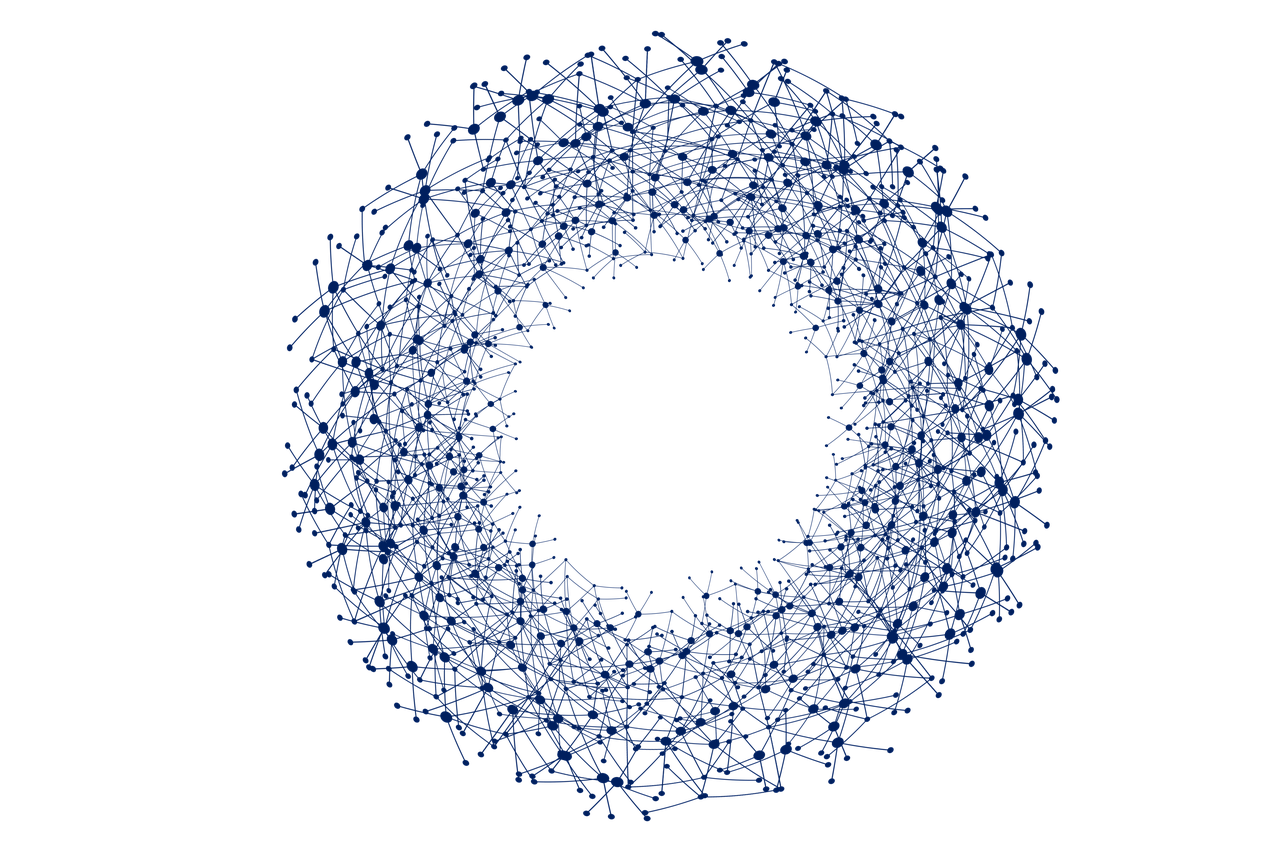In the realm of blockchain technology, innovations continue to push the boundaries of what’s possible in finance and beyond. One such innovation that’s been gaining traction is Circle Blockchain. In this article, we’ll delve into the intricacies of Circle Blockchain, exploring its features, benefits, and the transformative potential it holds for the future of decentralized finance (DeFi).
Understanding Circle Blockchain
Circle Blockchain is a distributed ledger technology (DLT) designed to facilitate digital transactions and asset transfers securely and transparently. Developed by Circle, a leading financial technology company, this blockchain solution aims to streamline cross-border payments, enhance liquidity, and foster greater financial inclusion.
Key Features and Advantages
- Interoperability: It is designed to seamlessly integrate with existing financial systems, enabling interoperability between traditional finance and decentralized networks. This interoperability paves the way for smoother transitions to blockchain-based solutions without disrupting established processes.
- Scalability: Scalability has been a persistent challenge for many blockchain platforms. Circle Blockchain addresses this issue by employing innovative scalability solutions, allowing for high throughput and efficient transaction processing. This scalability is crucial for supporting widespread adoption and accommodating growing transaction volumes.
- Security: Security is paramount in the world of finance, and Circle Blockchain prioritizes robust security measures. Utilizing cryptographic techniques and decentralized consensus mechanisms, Circle Blockchain ensures the integrity and immutability of transaction data, safeguarding against fraud and unauthorized access.
- Transparency: Transparency is a core principle of blockchain technology, and Circle Blockchain upholds this principle by providing a transparent and auditable ledger of transactions. Through its transparent architecture, Circle Blockchain enhances trust among participants and promotes accountability across the network.
- Tokenization: It facilitates the tokenization of various assets, including fiat currencies, cryptocurrencies, and digital securities. This tokenization process involves representing real-world assets as digital tokens on the blockchain, thereby enabling fractional ownership, increased liquidity, and enhanced asset transferability.
Potential Applications of Circle Blockchain
The versatility of Circle Blockchain opens up a myriad of potential applications across different sectors:
- Cross-Border Payments: Such advancements can substantially enhance the experiences of individuals and businesses engaged in international trade and remittances.
- Asset Tokenization: Through asset tokenization, Circle Blockchain enables the digitization of assets such as real estate, equities, and commodities. This unlocks new opportunities for fractional ownership, liquidity provision, and efficient asset management.
- Supply Chain Finance: Circle Blockchain can optimize supply chain finance by enhancing transparency, traceability, and efficiency in supply chain transactions. By leveraging smart contracts and tokenized assets, stakeholders can streamline inventory financing, invoice factoring, and trade finance processes.
- Decentralized Finance (DeFi): It plays a pivotal role in the burgeoning DeFi ecosystem, powering decentralized exchanges (DEXs), lending protocols, and liquidity pools. Its interoperability and scalability make it well-suited for supporting a wide range of DeFi applications, including decentralized lending, asset swapping, and yield farming.
Conclusion
As blockchain technology continues to evolve, solutions like Circle Blockchain are at the forefront of driving innovation in finance and beyond. With its focus on interoperability, scalability, security, and transparency, Circle Blockchain holds immense potential to transform traditional financial systems, empower individuals and businesses, and foster greater financial inclusion on a global scale. As adoption grows and new use cases emerge, the impact of Circle Blockchain is poised to reverberate throughout the digital economy, shaping the future of decentralized finance for years to come.




